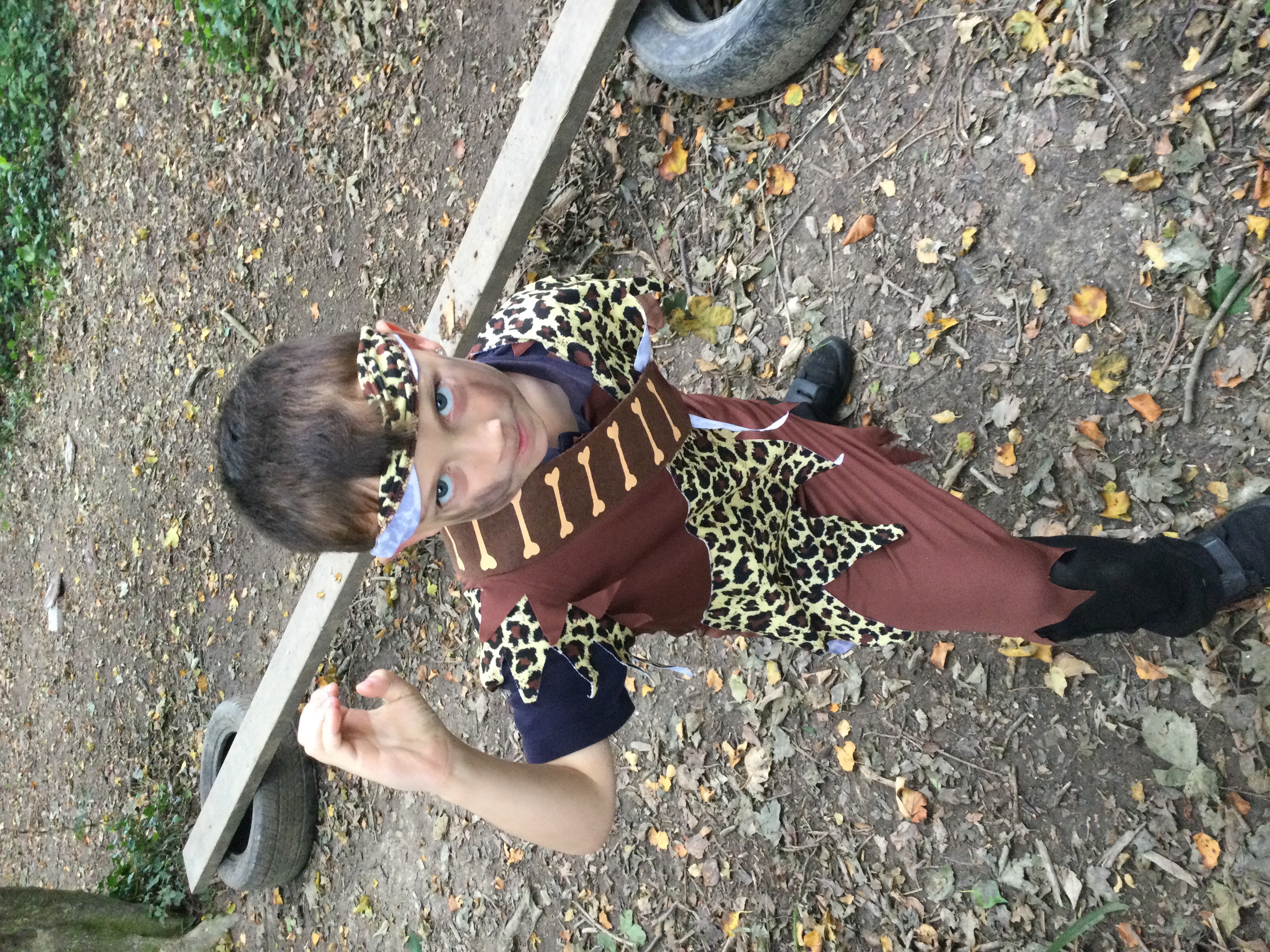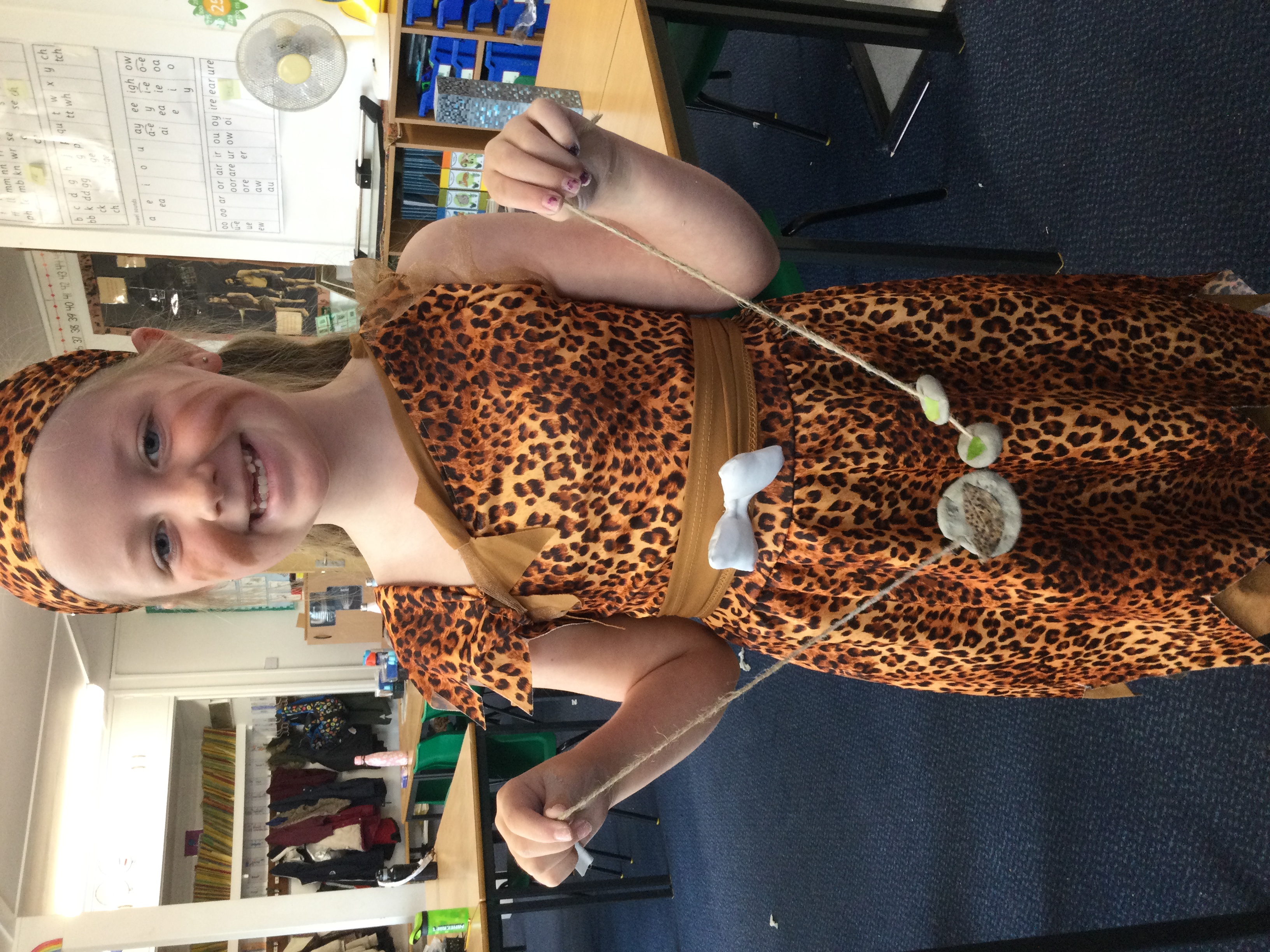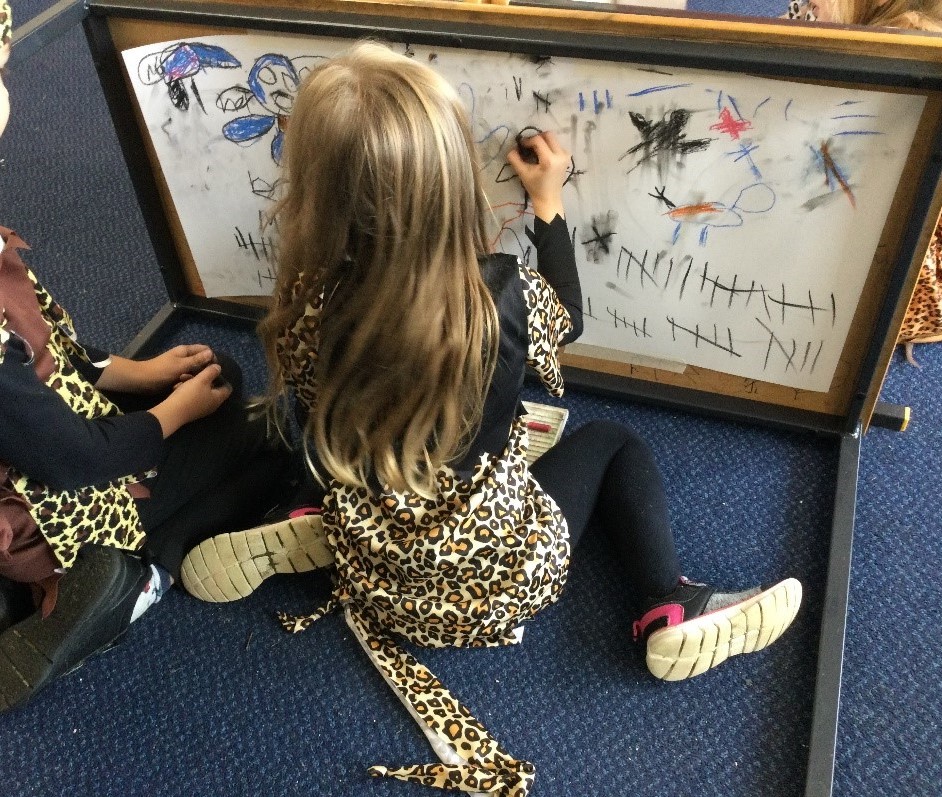History at Sandown
At Sandown Primary, the key aspects and concepts of History, such as chronology, cause and effect, similarity and difference, significance and hierarchy are taught through projects. To see the projects taught across the school, please take a look at our History Curriculum Overview. These key aspects and historical concept are revisited throughout all year group projects and are developed over time to increase children’s knowledge.
All of the projects taught at Sandown help to develop the children’s historical skills based on evidence and historical enquiry. The choice of historical periods follows the guidance set out in the national curriculum, with specific details relating to significant events and individuals chosen to present a rich and diverse account of British and world history.
At Sandown, the children’s’ learning of History is further enriched by linking learning in other wider curriculum subjects to give the children a fuller understanding of the topic being studied. For example, the Year 5 project ‘Dynamic Dynasties’ is taught alongside the art and design project ‘Taotie’ to give children a better all-round understanding of ancient Chinese arts and culture.
Implementation
Nursery and Reception:
In the Early Years children will explore the past through pictures, books, stories, rhymes and visitors. They will draw on their own experiences and talk about past events in their own lives and those who are important to them. Children will begin to understand that the past is made up of events that have already happened. They will also begin to compare aspects of their own life now to life in the past. The ELG (what is expected at the end of Reception) that links closely to History is: Past and Present. Before this, children are taught through ‘Understanding the World’.
Please see our ‘History In early Years’ document if you would like more information.
Year 1 and 2:
The projects studied in Key Stage 1 provide opportunities for children to explore significant historical events, people and places both in their locality and in the UK.
In Year 1, children begin the autumn term by studying the project ‘Childhood’. This project builds on children’s past experiences, including their family history and events within living memory. In the summer term, children study the project ‘School Days’. This project enables children to learn the history of their school and compare schooling in the Victorian period.
In the autumn term of Year 2, children extend their studies to explore a broader range of periods in the project ‘Movers and Shakers’. This project explores the concept of significance and the significant people that have greatly influenced history. In the summer term, children study the project ‘Magnificent Monarchs’. This project introduces children to the challenging concepts of power and monarchy in preparation for more complex historical topics in Key Stage 2.
Year 3 and 4:
In Year 3, children begin the autumn term by studying the chronology of British history in the project ‘Through the Ages’. This project teaches children about the significance of prehistoric periods and the changes in Britain from the Stone Age to the Iron Age. In the summer term, children continue to develop their knowledge of the chronology of British history in the project ‘Emperors and Empires’. This project teaches children about the Roman Empire, its invasion of Britain and Britain’s ensuing Romanisation.
In the autumn term of Year 4, children resume their learning about British history in the project Invasion. This project teaches children about the Roman withdrawal and the invasion and settlement of the Anglo-Saxons and Vikings. This project concludes at 1066, which meets the guidance from the national curriculum for British history. In the summer term of Year 4, children begin their studies of ancient history by studying the overview project ‘Ancient Civilisations’. This project enables children to learn about the achievements of the earliest civilisations, including ancient Sumer, the Indus Valley civilisation and ancient Egypt.
Year 5 and 6:
In the autumn term of Year 5, children continue to build their knowledge of ancient civilisations with an in-depth analysis of ancient China in the project ‘Dynamic Dynasties’. This project enables children to study the significance and influence of ancient China and its prowess and advancements in the written word, technology and metalwork. In the summer term, children further study ancient and world history in the project ‘Groundbreaking Greeks’. This project enables children to explore life in ancient Greece, including examining the achievements and influence of ancient Greece on the western world.
In the autumn term of Year 6, children study the more complex historical issues of enslavement, colonialism and power in the project Maafa. In this project, children explore a range of African kingdoms, including the Kingdom of Benin, and study Britain’s role in the development, perpetuation and abolition of the slave trade. In the summer term of Year 6, children complete their historical studies with the project Britain at War. This project enables children to study the role war has played in Britain’s history since 1066, focusing on the First and Second World Wars as crucial turning points in British history.
For additional information about this subject, please contact the school office and ask to speak to the subject leader.


